Apparently big predators are thriving in the United States, wolves, American crocodiles, and now grizzly bears all coming off the endangered species list (and others, like bobcats in the NJ Pine Barrens, are making a comeback). Coyotes and foxes are doing well in cities, mountain lions prowl McMansion developments west of the Mississippi, and predators of all sizes seem to have found their place in a world of suburban sprawl and ecological mismanagement. While I am heartened by the success of these species, it appears that the focus has swung from conservation to (over)active management, wolves, grizzlies, and other species being considered for culls or hunts now that they have established populations. These animals have survived the wrath of man and it seems that people want to go back out and hunt predators as a celebration of their removal from the endangered species listings, and of course this is absolutely foolish.
A stable and healthy population isn’t just about numbers, so merely because there are 500 grizzles in a given area or 300 wolves in all of Idaho does not mean those numbers are going to increase indefinitely (or conversely, are immune to population crashes due to disease or other factors). In the case of wolves, 300 is an awfully paltry number, and I would say the reducing that by 2/3 to 100 takes a step backward; it doesn’t make sense that once the population becomes stable we have the right to go out and start reducing the population again. It would be wonderful if, when a species is no longer endangered, they are given an extra 5 years or so of protection to establish territories, genetic diversity, and stable population numbers before “active management” of said population begins again. What many state governments are doing (I’m looking at you Idaho and Wyoming) is akin to patching up a relationship with a partner you abused, and the second the apologies are over you smack them in the face again. Indeed, “abusive” is perhaps the best word to describe the approach many state and local governments take towards wildlife, and while more people are aware of environmental issues these days the impetus to act is still minimal.
Now, I’m not naive enough to suggest that the bears should be given free reign, no matter what their population size. The wildnerness isn’t “wild” anymore and bears have shown great ingenuity in terms of finding garbage or alternate food sources to eat, thus there’s always a potential for population problems. Indeed, often the camps are polarized, those who don’t want any animals shot or interfered with on one side, those who perceive the predators as an imminent threat on the other, and wildlife management officials in the middle, the findings of actual scientists often coming in second to emotions and rhetoric. For my own part, I would love to see a wild America, but that is not to be (at least in my lifetime). We created so many ecological problems that we must be responsible for caring for and managing what’s left of the wild, and part of that management process may be culling animals if populations of predators get large enough that they become malnourished and begin to exclusively feed on garbage. Developers and residents should be held responsible for where housing is built and where anyone chooses to live, but I’m not going to say that if black bears are breaking into houses and cars in search of food because the natural population is so large that they’ve been pushed out that we should do nothing. Such is the debate going on in my state right now, and it’s become so polarized that depending on who you talk to or apply with, whether you agree or disagree with a regulated bear hunt you might not get the job.
In the case of crocs, grizzlies, and wolves, I don’t believe any of the populations are established enough and they need more time before hunting should be allowed. Hopefully, as wildlife repopulates now-developed areas and adapts to urban lifestyles, developers will take these issues into account and issues like bears getting into trash, coyotes running through pet doors, raccoons raiding the fridge, mountain lions taking a stroll through the streets, etc. will be able to be managed through design and responsibility taken by residents. We cannot live in a world where we can eliminate and contain everything wild; we might win the short battle but in the end we will only end up creating more efficient and wily animals, ones even more capable of becoming nuisances.
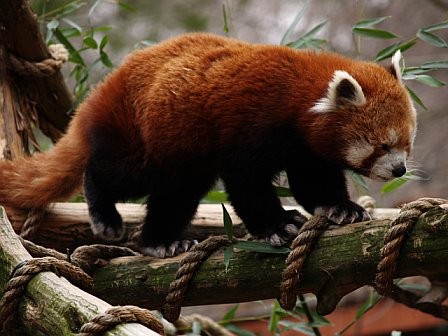
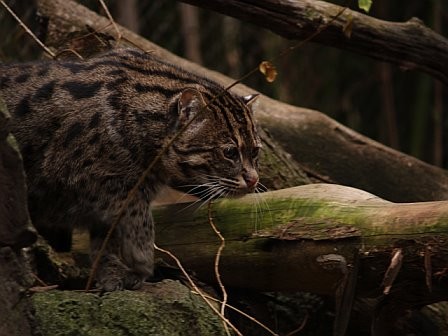
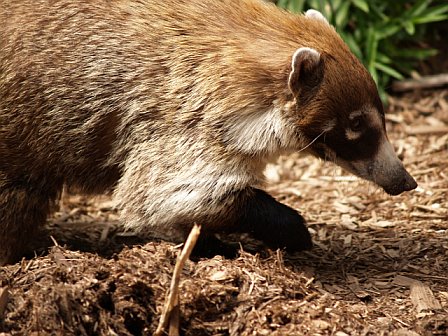
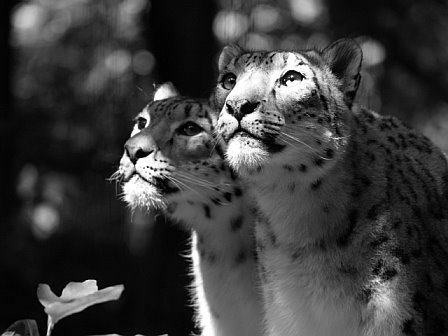
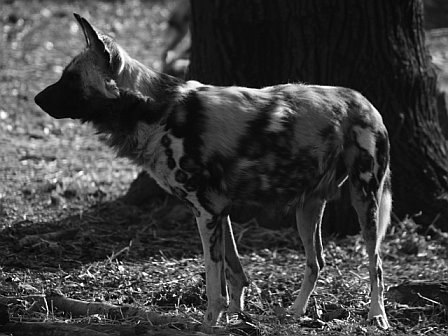














Recent Comments